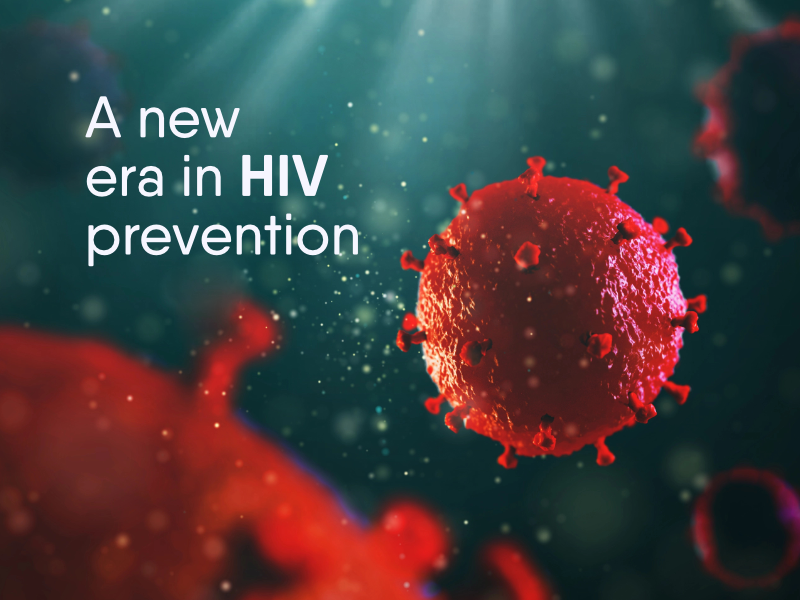Cervical cancer - how to detect it early
- Byon8 Team
- Jul 1, 2021
- 1 min read
Updated: Feb 1, 2022

Cancer of the uterine cervix, also known as cervical cancer, is the fourth most common cancer in women after breast, colon, and lung cancers globally.
Approximately 82,620 women in Kenya in 2020 suffered from it, with 42,116 new cases and 27,092 deaths. Limited access to cervical cancer screening and prevention programs, remains a significant factor contributing to its cases and mortality.
The Human papillomavirus is central to the development of cervical cancer and can be detected in 99.7 percent of patients. Cervical cancer screening and human papillomavirus (HPV) vaccination are both used to decrease the risk of cervical cancer. Early cervical cancer is frequently asymptomatic, underscoring the importance of screening.
Patients with advance lesions often experience irregular or heavy vaginal bleeding, or post coital bleeding. The HPV vaccination of girls helps to decrease new infections, while the Pap smear screening helps early detection and initiation of treatment.
The ideal age to start screening is 30-39 years. If you are aged above 30 years, and you are not vaccinated, with or without above-mentioned symptoms, it is important to visit the primary healthcare for initial screening.
Unsure if you have these symptoms? Use our free diagnostics app and speak to a doctor
Source:



Comments